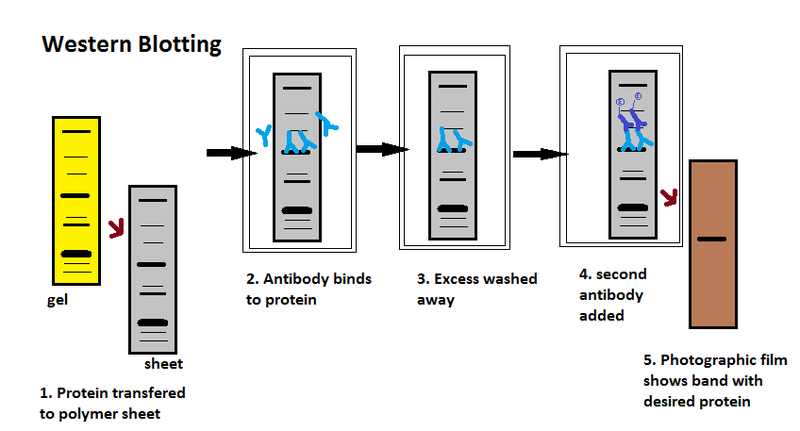

Īfter time is allowed for binding with the oligonucleotide probes, the hope is that some of the proteins on the membrane filter have bound to the probes. Finally, the specifically-bound DNA is eluted from each individual protein-DNA complex and analyzed by another application of polyacrylamide gel electrophoresis.Once this time has elapsed, the blots are washed to remove any DNA that was not able to bind. Fifth, the fragments are radioactively labeled and given appropriate time for binding to previously prepared blots.Fourth, shifting to probe creation, particular restriction enzymes are chosen and used on the region of DNA under study to produce fragments of appropriate but different sizes.Third, blotting takes place onto nitrocellulose membranes using methods for and properties of diffusion.This serves to bring the proteins back to the form that ideally maximizes interactions later on in the procedure. Second, in contrast to the previous step, proteins on the resulting gel are to be renatured by removal of SDS.This exposure not only converts the proteins from a folded conformation to an unfolded conformation but also establishes uniform charge among them as well contributing to the ease of separation on a size basis using polyacrylamide gel ( PAGE).

First, proteins are prepared with a mixture that exposes them to the denaturing sodium dodecyl sulfate (SDS) agent."Southwestern blot mapping" is a time-efficient way of identifying DNA-binding proteins and specific sites on the genomic DNA that they interact with. To detect any protein-DNA interactions, autoradiography is commonly used. One membrane filter can be stained to see the protein bands that were created from gel electrophoresis and the other is used in the actual process of hybridizing with prepared 32P radioactively labeled specific oligonucleotide probes. At this point replicas of the gel have been created of which each serves a particular purpose. Next, proteins are to be renatured followed by the gel being subjected to pressed between two nitrocellulose filters which rely on diffusion to transfer the proteins from the gel to the membrane filters. The bands are at different positions on the gel relative to the well that they were loaded into. After enough time, this results in distinct bands that can be visualized from a number of post-gel electrophoresis staining procedures. As a result, large proteins do not travel very far on the gel in comparison to smaller proteins that travel further. Large proteins will have difficulty navigating through the mesh-like structure of the gel as they can not fit through the pores with the ease that smaller proteins can. To begin, proteins of interest are prepared for the SDS-PAGE technique and subsequently loaded onto the gel for separation on the basis of molecular size. General Sketch of SDS-PAGE Electrophoresis Thus, Bowen and colleagues sought to describe a procedure that could simplify the current methods of their time. While there were existing techniques for purification of proteins associated with DNA, they often had to be used together to yield desired results. During the time the technique was originally called "protein blotting". Southwestern blotting was first described by Brian Bowen, Jay Steinberg, U.K. Former protocols were hampered by the need for large amounts of proteins and their susceptibility to degradation while being isolated. Thereafter southwestern blotting begins to vary with regards to procedure as since the first blotting’s, many more have been proposed and discovered with goals of enhancing results.

Similar to other types of blotting, proteins are separated by SDS-PAGE and are subsequently transferred to nitrocellulose membranes. The name originates from a combination of ideas underlying Southern blotting and Western blotting techniques of which they detect DNA and protein respectively. Determination of molecular weight of proteins binding to DNA is also made possible by the technique. The southwestern blot, is a lab technique that involves identifying as well as characterizing DNA-binding proteins by their ability to bind to specific oligonucleotide probes. Compass Capturing the Various Blotting Techniques


 0 kommentar(er)
0 kommentar(er)
